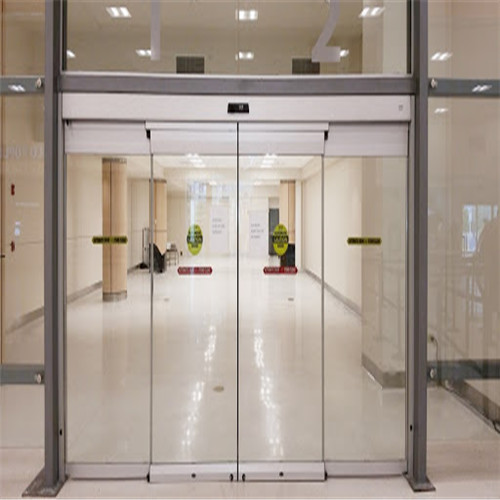How do automatic sliding door operators contribute to energy efficiency in buildings?
In the pursuit of sustainable and energy-efficient building solutions, automatic sliding door operators have emerged as key players in optimizing energy consumption. These advanced systems not only enhance the convenience of access but also contribute significantly to creating environmentally responsible structures. This article delves into the ways in which automatic sliding door operators play a pivotal role in promoting energy efficiency within buildings.

1. Optimized Heating and Cooling:
Automatic sliding door operators are designed with sensors that can detect the movement of people in and out of a building. This capability allows these doors to remain closed when not in use, preventing the unnecessary exchange of indoor and outdoor air. By minimizing air infiltration, these systems contribute to improved insulation, thereby reducing the load on heating and cooling systems and enhancing overall energy efficiency.
2. Air Curtain Integration:
Many automatic sliding door operators are equipped with air curtain integration. An air curtain is a stream of air that covers an open doorway, acting as a barrier between indoor and outdoor environments. By creating this invisible barrier, the system helps in preventing the escape of conditioned air and the infiltration of external air, reducing the need for additional heating or cooling.
3. Low-E Glass Compatibility:
Automatic sliding doors often incorporate Low-E (Low Emissivity) glass, which is designed to minimize heat transfer through the glass surface. This feature helps in maintaining a more stable indoor temperature, reducing the workload on HVAC systems and leading to energy savings.
4. LED Lighting and Efficient Operation:
The integrated technology in automatic sliding door operators extends beyond the door itself. Many systems incorporate energy-efficient LED lighting to enhance visibility. Additionally, these doors operate quickly and smoothly, minimizing the time they are open and thereby reducing energy consumption associated with the door's operation.
5. Programmable Features for Off-Peak Hours:
Some advanced automatic sliding door operators offer programmable features that allow users to set specific operating modes for different times of the day. During off-peak hours, the doors can be programmed to operate in a way that maximizes energy efficiency, such as reducing opening and closing speeds or activating power-saving modes.
6. Solar Power Integration:
Forward-thinking designs include the possibility of integrating automatic sliding door operators with solar power systems. By harnessing solar energy to power these systems, buildings can further reduce their reliance on conventional energy sources, contributing to a more sustainable and energy-efficient operation.
7. Compliance with Energy Efficiency Standards:
Many automatic sliding door operators are designed to meet or exceed energy efficiency standards set by regulatory bodies. Compliance with these standards ensures that the technology is optimized for minimal energy consumption while providing the necessary functionalities.
Conclusion:
Automatic sliding door operators have evolved from simple convenience solutions to integral components of energy-efficient building designs. Through innovative features like sensor technology, air curtain integration, Low-E glass, LED lighting, programmable modes, and even solar power compatibility, these systems actively contribute to reducing energy consumption in buildings. As the focus on sustainability grows, the adoption of automatic sliding door operators becomes not just a matter of convenience but a strategic choice in creating environmentally responsible and energy-efficient structures.







